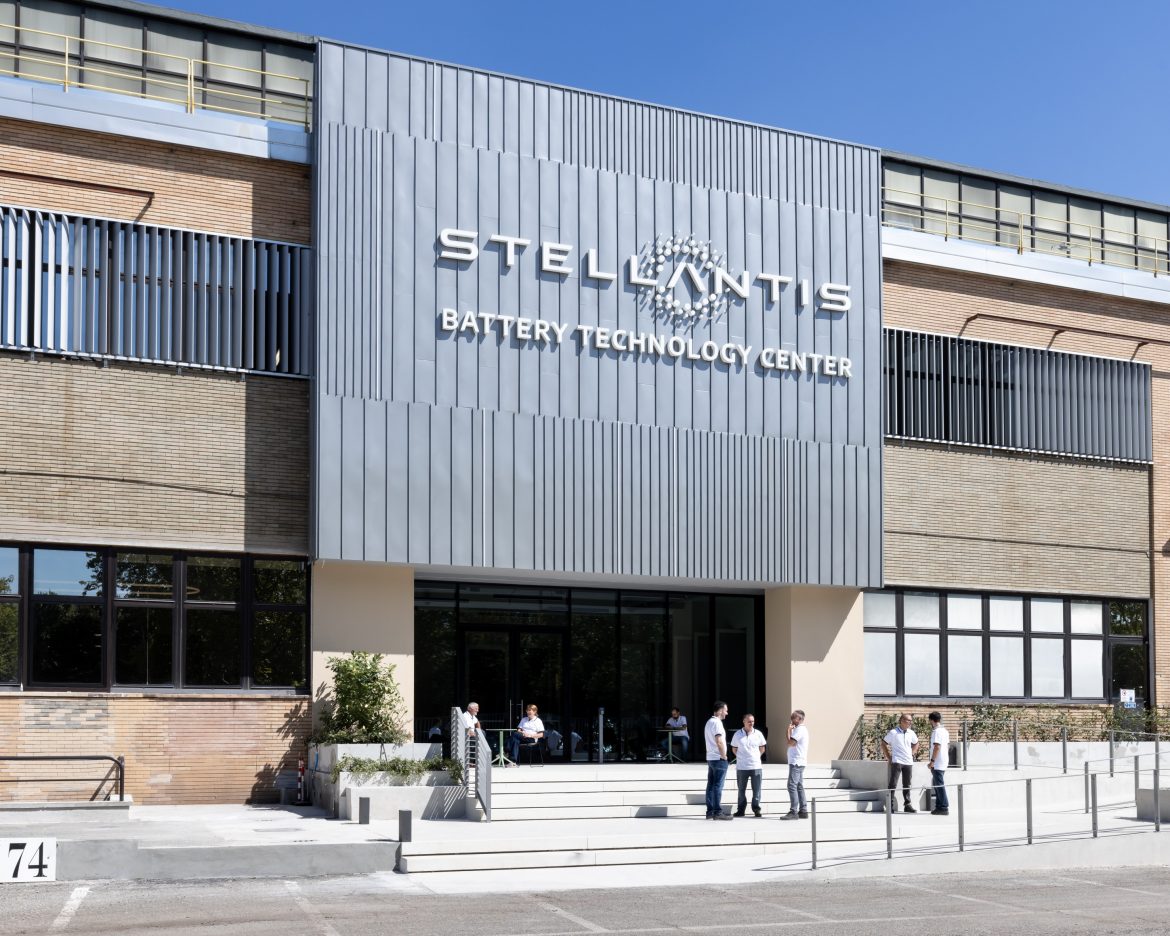Mercedes-Benz and Stellantis have paused their collaborative efforts on European EV battery factory projects. This decision has led to a reassessment of their strategic direction, including a potential shift to more cost-effective lithium iron phosphate (LFP) cells.
Formation and initial success of ACC
In 2021, Mercedes-Benz and Stellantis formed the Automotive Cells Company (ACC), a joint venture aimed at producing EV batteries. Earlier this year, ACC successfully raised USD 4.7 billion, with plans to increase this to EUR 7.6 billion to establish four factories. The first factory in Douvrin, France, is already operational.
Current status of factory projects
However, according to media reports, work on ACC’s upcoming factory in Germany has stopped, and preparatory work on a site in Italy has been paused. Despite these halts, ACC has not yet made a final decision regarding the future of these sites. The company plans to stay flexible and responsive to market trends, with a final decision expected by the end of the year.
Market dynamics and demand
Yann Vincent, head of ACC, cited a slowdown in EV demand in Europe as a reason for the reassessment. Although EV sales in Europe increased by 14.8% year over year in April, this growth was slower compared to conventional hybrids. Vincent noted that significant growth is expected in the mass-market segment, an area where Western EV makers have struggled but Chinese automakers are beginning to gain traction.
Mercedes’ mixed signals on electrification
Mercedes-Benz previously committed to transitioning to all-electric vehicles by the end of the decade. However, in February, the company announced plans to continue producing internal combustion engine vehicles “well into the 2030s,” despite the global push for more sustainable transportation options.
Industry analysis and future prospects
Pausing the construction of EV battery factories raises concerns about the speed of the transition to sustainable transport. Factories take considerable time to build, and waiting for market trends to solidify before starting construction could result in missed opportunities. Tesla’s dominance in the EV market is attributed to its early recognition of the EV trend, which other automakers initially overlooked.
The potential shift to LFP cells
Despite the current pause, ACC is contemplating switching to LFP cells, which could be a positive development. LFP cells offer several benefits, including lower cost, higher durability, and simpler mineral sourcing, although they have lower energy density than nickel manganese cobalt (NMC) cells. Most EVs have used NMC cells to meet consumer demand for longer ranges, but the industry is seeing a shift towards using LFP cells in entry-level models to reduce costs.
Impact of LFP cells and market trends
LFP cells have been effectively used in low-cost Chinese vehicles, allowing them to undercut Western automakers on price. If ACC anticipates growth in the mass-market segment, LFP cells could be a logical choice. The battery is the most expensive component of an EV, so reducing battery costs can significantly impact overall vehicle affordability.
Regulatory and economic considerations
With the European Union threatening tariffs and the United States already implementing them, localising LFP production is essential if ACC aims to compete in the mass market. While tariffs might provide temporary protection for domestic automakers, they could also encourage the development of a robust local industrial base.



